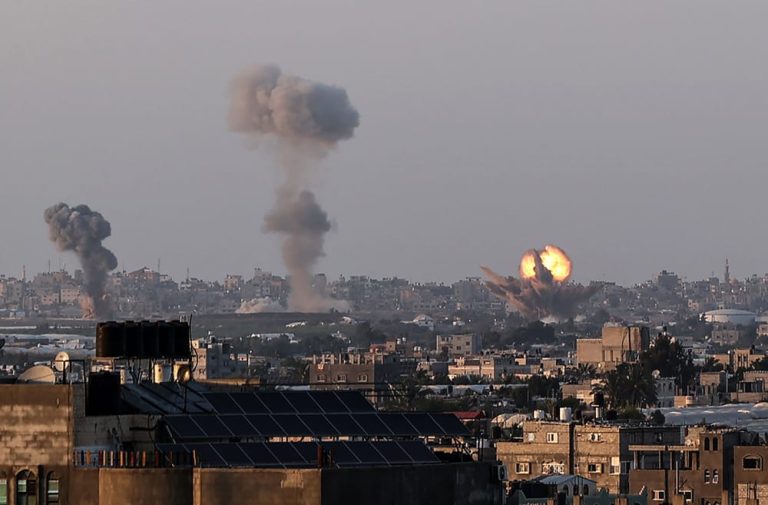In a glance
- GDP of Israel Contracts are up nearly 20% in the fourth quarter of 2023, far exceeding analysts' expectations.
- The significant decline in private consumption (26.9%) and fixed investment (about 68%) highlights the economic losses.
- The ongoing conflict with Hamas in Gaza, now in its fifth month, is severely impacting the economy and workforce.
Israel's economic landscape has faced a major downturn, with the country's GDP shrinking by about 20% in the fourth quarter of 2023. This contraction exceeds the expected 10% reduction expected by analysts, representing a severe economic setback. These figures highlight the profound impact of the ongoing conflict with Hamas in Gaza, which has led to human casualties and profoundly affected the country's economic stability. The annual decline in private consumption of 26.9% on a quarterly basis and the staggering decline of close to 68% in fixed investment, especially in residential construction, underscore the impact of the conflict on economic activity.
Stopping the entry of 150,000 Palestinian workers
The repercussions of the conflict extend beyond direct economic indicators, affecting Israel's workforce and key sectors. With over 150,000 Palestinian workers entering Israel daily previously, mostly in the construction and agricultural sectors, the latest restrictions have led to a significant labor shortage. This situation is exacerbated by the mobilization of 300,000 Israeli military reserve soldiers, which affects not only the construction and agricultural sectors, but also the high-tech industry, which constitutes a crucial component of the Israeli economy. Labor shortages due to military mobilization and restrictions imposed on Palestinian workers have halted many projects and disrupted economic activities in several sectors.
1.2 thousand people lost their lives in Israel, and 28 thousand in Gaza
The ongoing war has caused huge human and economic losses on both sides. This mobilization came as a result of an attack that occurred on October 7. Hamas led this attack. As a result, approximately 1,200 people were killed in Israel. In response, Israel launched an attack on the Gaza Strip. Its bombing campaign resulted in the deaths of more than 28,000 people in the region. This conflict has escalated. It exacerbates the humanitarian crisis. In addition, it deepens the economic rift. There are serious implications for Israel's GDP, private consumption, and investment sectors.
The Israeli economy is facing a difficult period, characterized by an unprecedented contraction in the fourth quarter of 2023. The ongoing conflict with Hamas is significantly affecting the human and economic landscape, with a significant decline in key economic indicators and sectors. The path to recovery remains uncertain as the country grapples with the dual challenges of restoring peace and economic stability.

